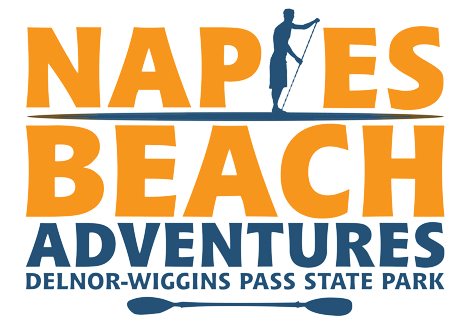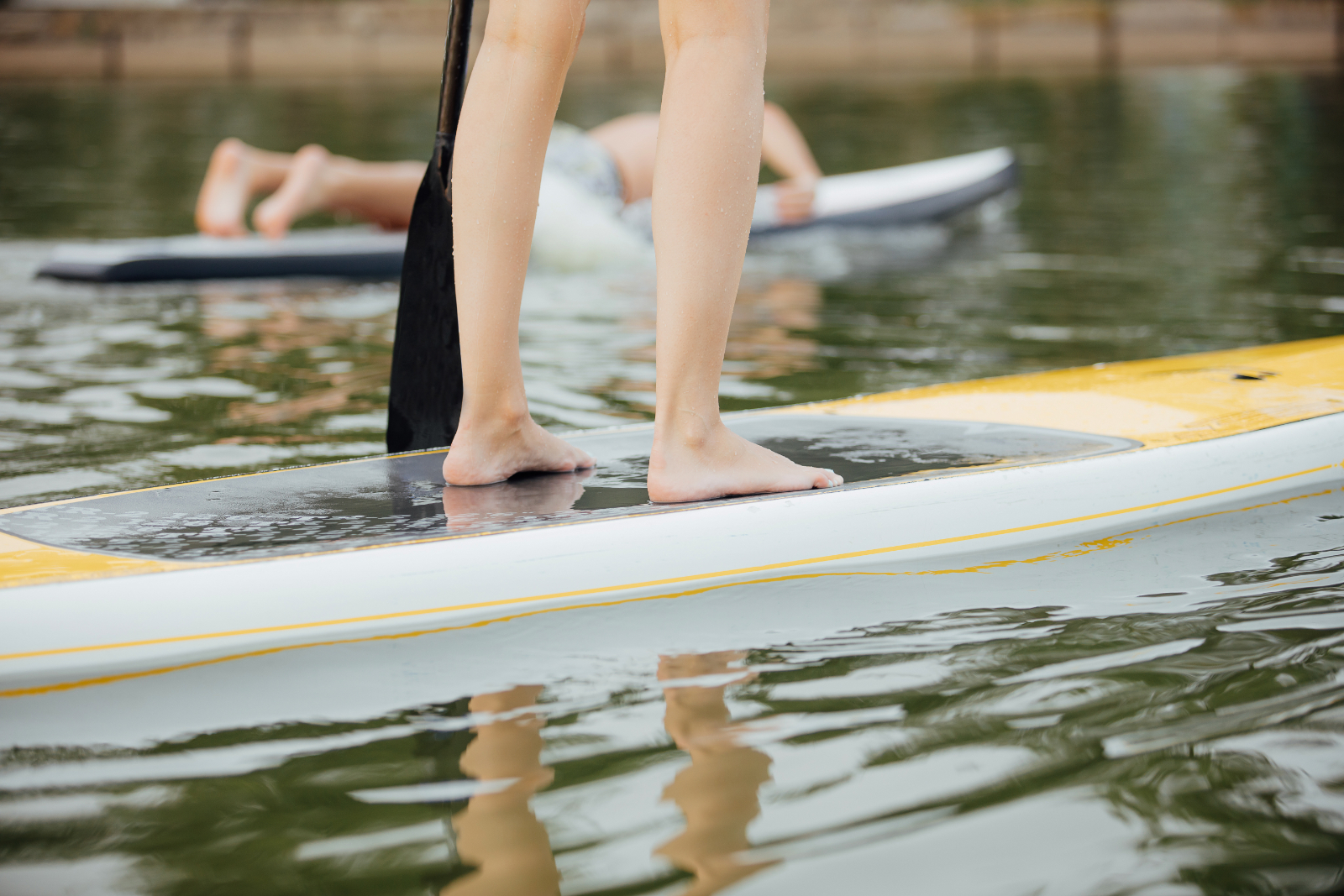If you’ve ever wanted to enjoy the fun of standup paddleboarding, the Naples area is a great place to get started. With minimum equipment and a host of wildlife to spot, paddling in nature becomes a wonderful possibility to experience Florida to its fullest, whether with friends or family.
SUP is a great way to stay in shape while enjoying nature. You do not need to be especially fit for this sport; the whole family can enjoy it together. Delnor-Wiggins Pass State Park is near Naples and is a great place to take everyone paddleboarding.
You can rent a board and take a lesson to start. Beginners enjoy lakes and bays, where water is smooth and calm. Before you go, however, you should begin your research of the area where you might paddle as a newbie to SUP. Mackenzie Amos from BOTE Paddle Boards in Destin, Florida, has mentioned some tips that a beginner should follow.
Tips For Beginners
You will not be going into the Gulf of Mexico unless it is very calm on your early outings. You will want to do some exploration about techniques and places for beginners.
YouTube has videos that will help you learn more about stance, holding the paddle, and maintaining balance. Here are some FAQ that beginners often ask:
1. Where to start?
You’ll be developing your balance and do not want to deal with waves, currents, boats, or swimmers. Stay close to shore as you begin to become used to the feel of the board.
Beginning in shallow water will make it easier to get back up in the event of your falling off your board. Once you become accustomed to the stance and the feel of water beneath you, you will fall off less and less.
2. What about wind?
Wind adds more difficulty to the sport and makes it less fun. Choppy water makes it more challenging to balance; it also takes more effort to return to shore, using up needed energy. If you go out early in the day, you will enjoy it more and be safer before the wind picks up.
3. How long to paddle?
As a beginner, your muscles are still getting used to this activity. You may feel it in your core and thighs. About an hour is right, so you don’t feel too exhausted.
Do not plan a long trip for your first outing, as you might get tired and have to paddle back. If you have to rent equipment for more than an hour, use the time to practice close to shore or rest and enjoy the view. You can also swim between paddles.
4. What about technique?
Beginners tend to waste a lot of energy. Relax and bend your legs a bit; this allows you to flow with the feel of the water. Fighting the elements take up much of your energy, so learning to relax on the water is important.
5. Do you need a PFD?
The answer is yes. A Coast Guard-approved Personal Flotation Device may be the law where you paddle. If you don’t wear it, have it on the board. A leash is also a great idea, helping you stay close to the board if you fall off, especially in wind or currents.
6. What about sunburn?
You might be wearing a hat that will not fall off. The board reflects the rays of the sun, so sunscreen and sunglasses are highly recommended.
7. Is water needed?
It’s smart to carry water, either attached to your board, through a camelback, or in a pack on your back. If you get out away from shore, you will be glad that it is with you. In fact, it may be critical that you stay hydrated.
The Gulf Coast and Naples offer some great places to begin. At Delnor-Wiggins, you can experience Mangrove tunnels and more. Some places to consider include the following:
- Turkey Bay
- Wiggens Pass
- Tigertail Beach
Wherever you go, be safe, smart, and have fun. SUP is an amazing sport that will provide you with fitness and enjoyment. Getting close to nature is an amazing part of the sport, as you eventually spot herons, pelicans, egrets, dolphins, manatees, and more.
Entertainment is guaranteed, with nature as the host of the show.

